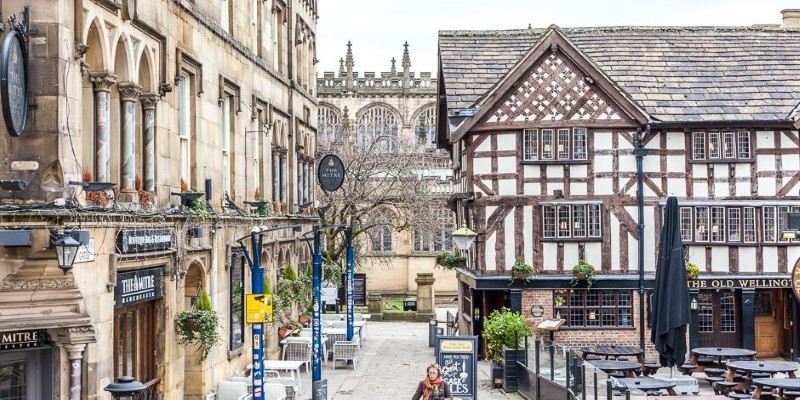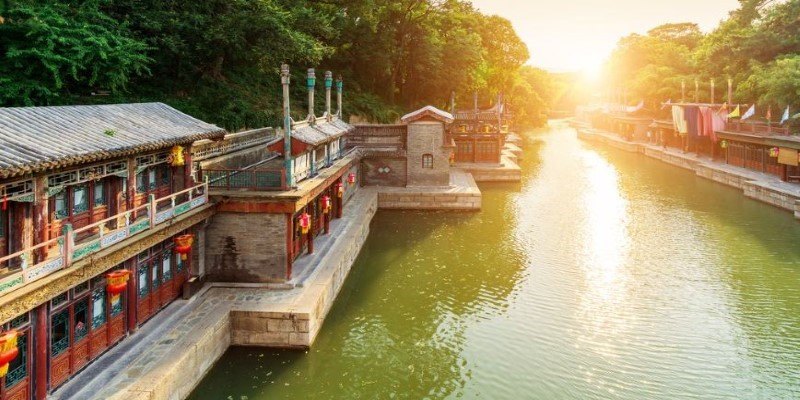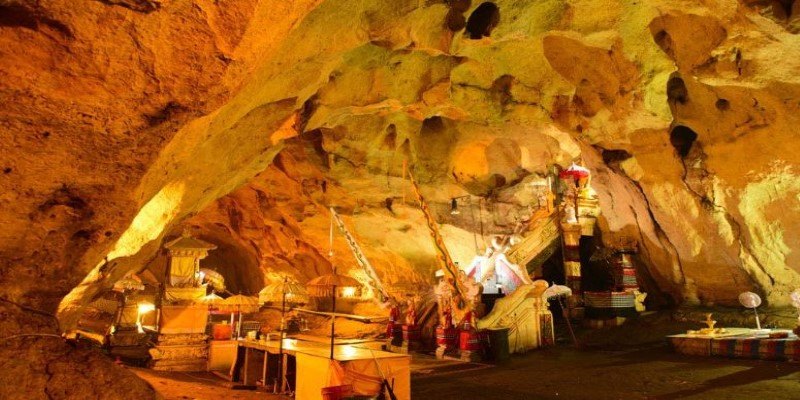Traveling from Suzhou to Shanghai offers a striking contrast between China’s ancient traditions and modern innovations. Suzhou, with its ancient gardens and traditional waterways, reflects the country’s cultural heritage, while Shanghai, with its towering skyscrapers and neon lights, showcases China’s rapid modernization and global economic power.
From the serene classical gardens of Suzhou to the modern technological marvels in Shanghai's futuristic skyline, one discovers a shift from history to modernity. It underlines how age-old Chinese traditions exist together with very modern advancements. Here is an article where these two cities are woven to showcase rich layers of China's past and present.
Suzhou: The Heart of Tradition and Tranquility
Suzhou, often called the "Venice of the East," is a city that never goes out of style and represents China's rich cultural heritage. Suzhou is over 2,500 years old and is famous for its classical gardens, tranquil canals, and its history as a silk production center. The city's celebrated gardens, including the Humble Administrator's Garden and the Lingering Garden, are masterpieces of traditional Chinese landscaping. Beautifully laid out to complement mother nature through winding pathways, a water pond for reflection purposes, and stone bridges of magnanimous elegance, they offer visitors serene retreat spaces designed for reflection and inspiration.
The canals of the ancient city add to its attractiveness by passing through neighborhoods and their traditional whitewashed houses and arched bridges. A boat ride down these ancient waterways lets one glimpse a slower and more elegant way of life for which centuries have passed by. This intimate experience turns into a journey into the soul of Suzhou with a blend of tradition and serenity.
Suzhou's reputation in silk production further makes this city historically important. One could visit its silk factories for a glimpse of the labor taken to produce such a luxury that has been part of the heritage of the city for so many generations.
Whether strolling through its serene gardens, gliding along its picturesque canals, or delving into its silk-making heritage, Suzhou offers a unique escape into China’s cultural past. It’s a city where time slows, and the beauty of tradition comes vividly to life.
Shanghai: The Towering Symbol of Modern China
Just a few hours from Suzhou lies Shanghai, a city that couldn’t be more different in energy and pace. While Suzhou cherishes its historical roots, Shanghai epitomizes China’s meteoric rise as a global powerhouse. This sprawling metropolis, one of the world’s largest cities, stands as a hub of finance, commerce, and culture. Its skyline, dominated by architectural marvels like the Oriental Pearl Tower and Shanghai Tower, symbolizes the city’s ascent into modernity. The futuristic Pudong district showcases China’s economic and technological strides, forming a stark contrast to Suzhou’s serene landscapes.

The Bund, lining the Huangpu River, presents a striking juxtaposition of eras. On one side stand colonial-era buildings, remnants of Shanghai’s historical global significance. On the other, Pudong’s dazzling skyscrapers highlight the city’s rapid growth and economic power. Yet Shanghai is more than just its skyline—it’s a bustling metropolis teeming with life. High-speed trains zip through the city, while endless malls and global cuisines cater to every taste and preference.
Despite its modernity, Shanghai hasn't entirely abandoned its roots. Historic neighborhoods like Yuyuan Garden and the Old City preserve traditional Chinese architecture and culture, offering glimpses of the past. This unique balance of old and new defines Shanghai's character. It is a city of contrasts, where ancient traditions coexist with a fast-paced, cosmopolitan lifestyle, making it a true symbol of modern China.
From Tradition to Innovation: A Journey Between Two Worlds
The short journey from Suzhou to Shanghai encapsulates the dramatic transition between China’s tranquil past and its ambitious future. Moving from Suzhou’s peaceful gardens to Shanghai’s towering skyline offers a glimpse into how China harmonizes its deep cultural heritage with rapid modernization.

In Suzhou, tradition flourishes in art, craftsmanship, and serene landscapes. Life unfolds at a slower pace, emphasizing a harmonious relationship with nature. The city’s classical gardens and ancient streets create an atmosphere of calm, inviting visitors to reflect and immerse themselves in centuries-old traditions. Suzhou’s canals, bridges, and architecture reveal a city proud of its rich cultural history, preserving the artistry and scholarship that have defined it for generations.
Shanghai, in contrast, surges forward as a symbol of modern China. Its skyline, brimming with skyscrapers, speaks to the country’s transformation into a global superpower. High-tech infrastructure, bustling commercial centers, and a cosmopolitan vibe define Shanghai’s relentless progress. The city’s diversity, from its international dining options to its vibrant nightlife, attracts visitors from around the globe.
Yet, Shanghai doesn’t entirely forsake its roots. Its historic districts, such as the Yuyuan Garden, stand as a reminder of its cultural lineage. The coexistence of ancient Chinese architecture within a futuristic metropolis underscores the country’s ability to honor its past while embracing innovation.
The contrast between Suzhou’s historical beauty and Shanghai’s energetic modernity highlights China’s remarkable evolution. Together, these cities narrate a story of tradition meeting transformation, illustrating a journey between two worlds that defines the essence of contemporary China.
Conclusion
The contrast between Suzhou and Shanghai highlights the complexity of modern China. Suzhou’s serene gardens, ancient canals, and rich traditions reflect a deeply rooted cultural heritage, offering travelers a peaceful glimpse into the past. In stark contrast, Shanghai’s soaring skyscrapers, bustling markets, and dynamic energy showcase a rapidly evolving, modern China making waves on the global stage. Together, these cities embody a harmonious blend of tradition and progress. Traveling between them is more than a journey—it’s an exploration of China’s layered history and vibrant future, offering a unique and rewarding perspective on this fascinating and multifaceted country.









